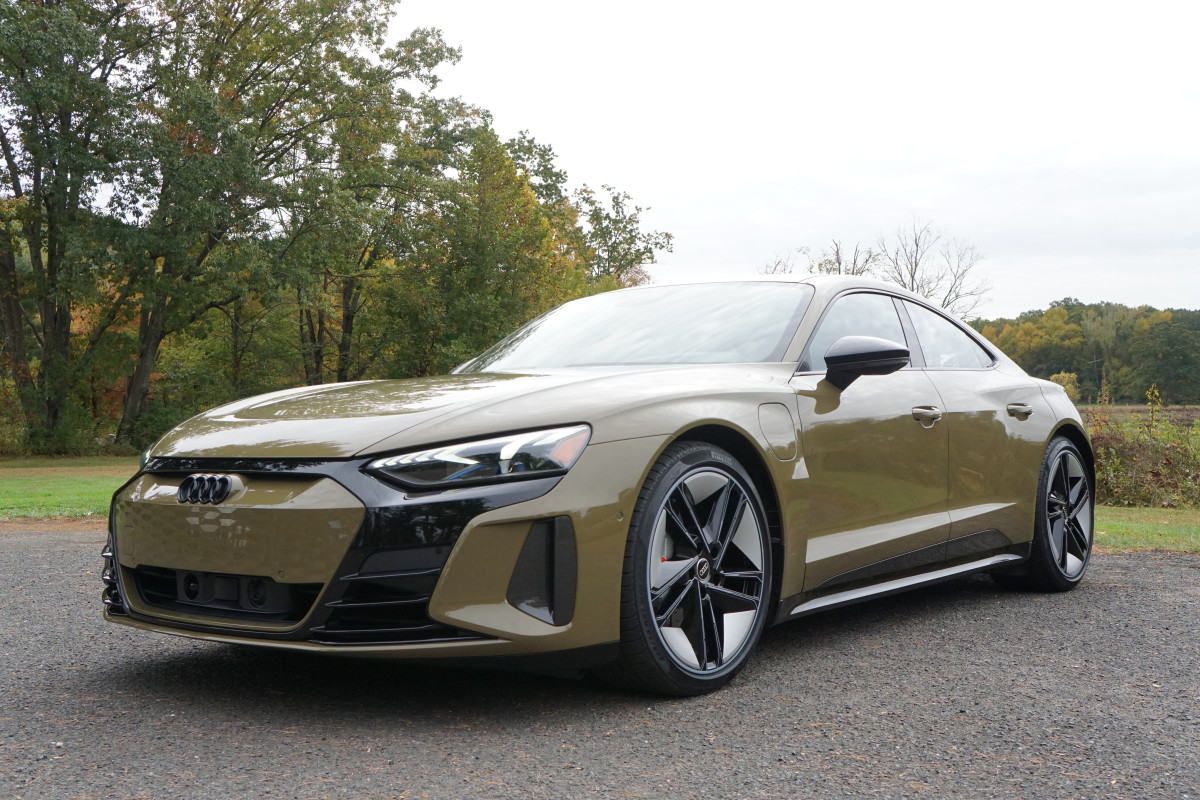
As the wind flowed through my hair and colorful foliage painted a pretty picture in front of me, one thought was square in my mind while I was behind the wheel of a 637 horsepower sports car.
“Please, do not puke.”
I wasn’t in some low-slung, barely-legal street racer with a Ferrari or Porsche badge.
I was driving an electric car.
Last week, Audi invited me and a few other automotive content creators and journalists to drive the RS e-tron GT and the Q8 e-tron and take in the foliage in Connecticut’s countryside.

James Ochoa
Prior to this experience, I have never driven an electric car, but I knew that I was in for a treat.
I did not expect a multiple course meal that would elevate my senses.
The first car I drove that day was Audi’s flagship electric sports car - the RS e-tron GT, a sleek, low-slung sports sedan with a base price of $143,900.

James Ochoa
The one I drove had a few tacked-on options, including a $7,100 ceramic brake package, $6,450 carbon performance package and a $5,350 leather interior package, as well as a beautiful Tactical Green paint job that cost an extra $595.
When I sat down on the GT’s body-hugging seats, I was surprised how “normal” this car felt.
Tesla fanboys would call an interior like this “cluttered,” but, to me, this is comfortable.
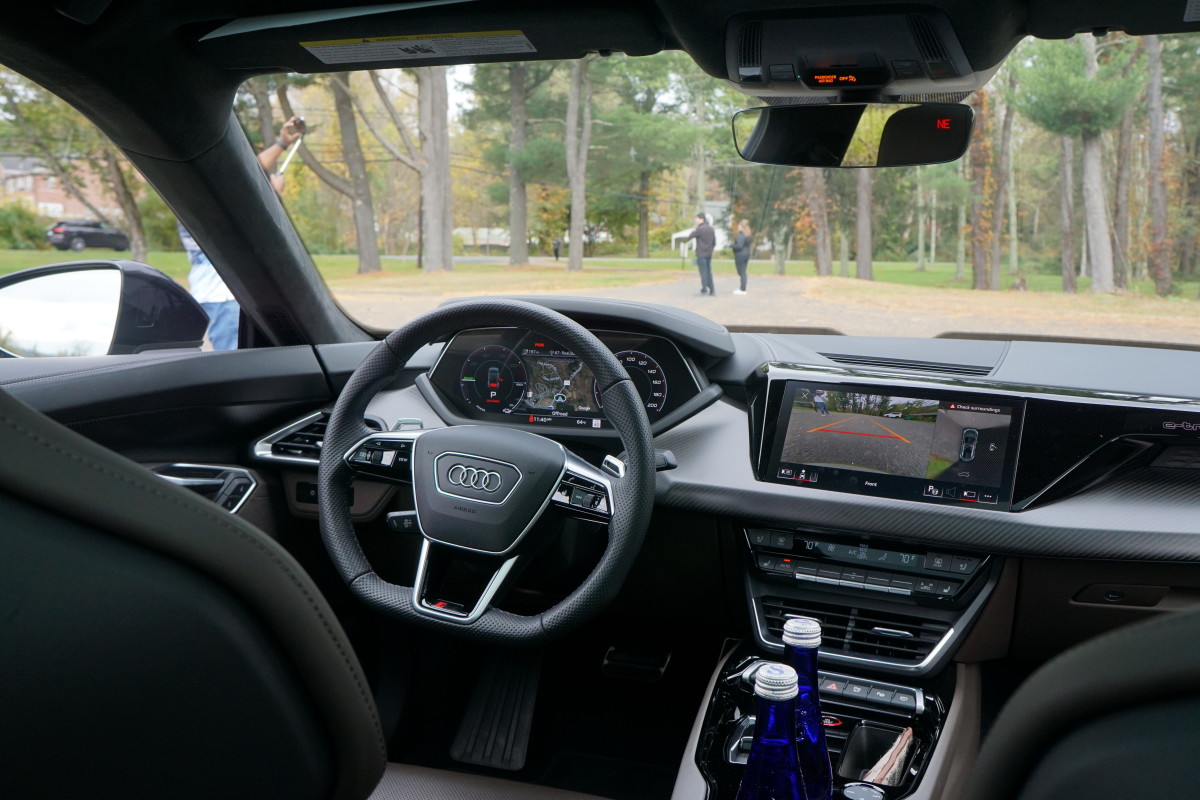
James Ochoa
The infotainment screen is big, but it is not the prime centerpiece of the interior. Call me a “boomer,” but it is a relief that the climate controls are where they belong; separate from the infotainment screen and consisting of a mixture of buttons and rocker switches that I can identify with my fingertip.
At the same time I was getting comfortable, I knew that I was diving in on the deep end when it comes to electric cars. With a 0-60 time of 3.1 seconds and up to 637 horsepower at the will of my right foot, this sedan was no ordinary grocery-getter.
Despite all the advanced features, technology and luxurious appointments, this was no boulevard cruiser, either.
It left me with an indescribable feeling of fear.
If you told me years ago that I would fear an electric car, past me would have laughed. But as I slowly drove this car to what the manufacturer representatives said it could do, I found myself simultaneously having fun and anxious of getting a scratch on this six-figure machine.
Simply said, this car is fast. Wicked fast. So fast, that it will triggers a full body reaction when you explore its limits.
As I set my right foot down on the throttle, I felt my heart race and my shoulders tense up. A simple twitch of my right foot triggered the electric beast to pin my chest to the back of the seat like a skilled jiu-jitsu fighter pinning their opponent to the mat.
But at the same time, the car’s optional carbon ceramic brakes release you, only to pin you back in the opposite direction.
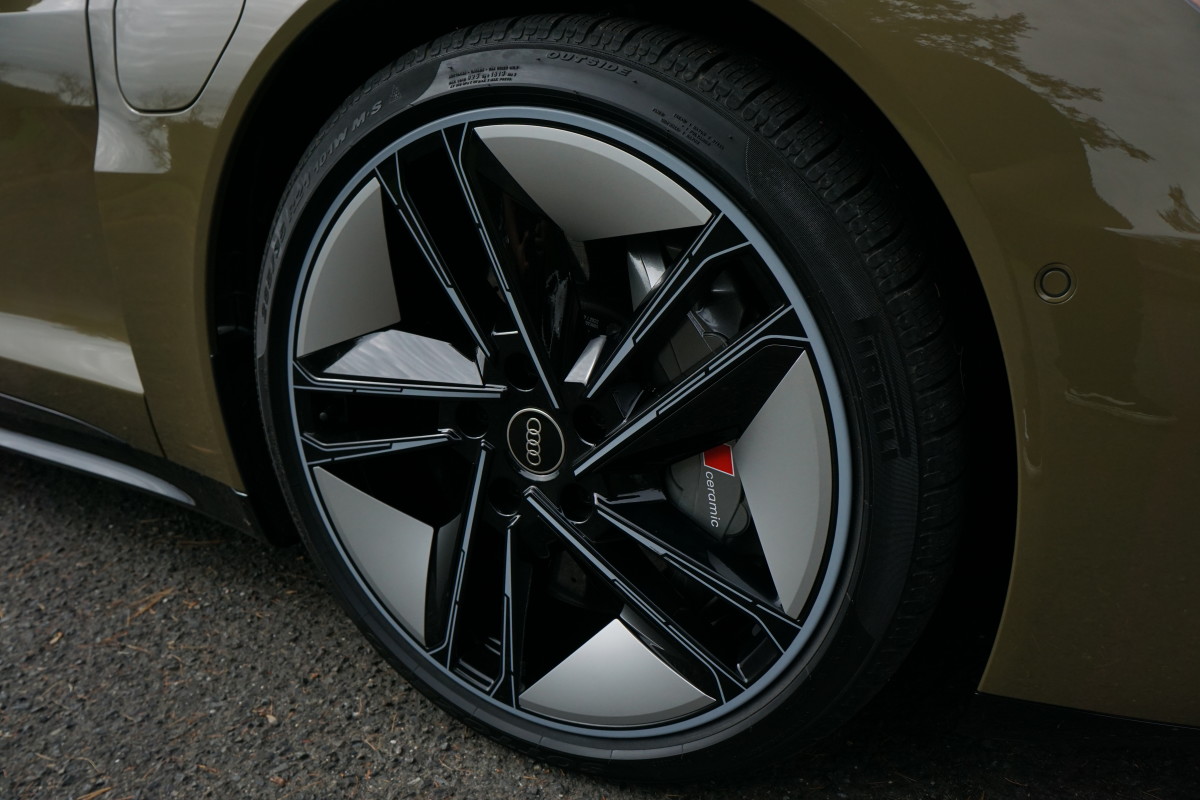
James Ochoa
I didn’t know if it was my asthma or my anxiety, but I found myself gasping for air after every twist and turn that the RS e-tron GT took with laser precision.
The kinks and curves of Connecticut’s country backroads acted like a Six Flags roller coaster. I was in control, and I loved every single minute of it.
A common point that people tend to make about electric cars is that they are silent and that the absence of engine noise makes the driving experience boring. Manufacturers such as Audi’s VW Group-sibling Porsche have developed artificial engine noise to fill this “silence,” and this car features it too. (Audi is a subsidiary of Volkswagen (VWAGY) -).)
My driving partner said it sounded like a “Tron-bike” from the namesake 1982 movie, but I’d say it sounds like the THX sound that would scare everyone whenever we played DVDs in the early 2000s.
No matter what it sounds like, I can tell you that it makes so much of a difference and makes you believe that something in the car is alive and kicking.
This car is a powerful beast, but at the same time, it can be an easy, comfortable cruiser if you drive it normally.
However, “comfortable cruiser” is what I could describe the other car I drove: the Audi Q8 Sportback e-tron.
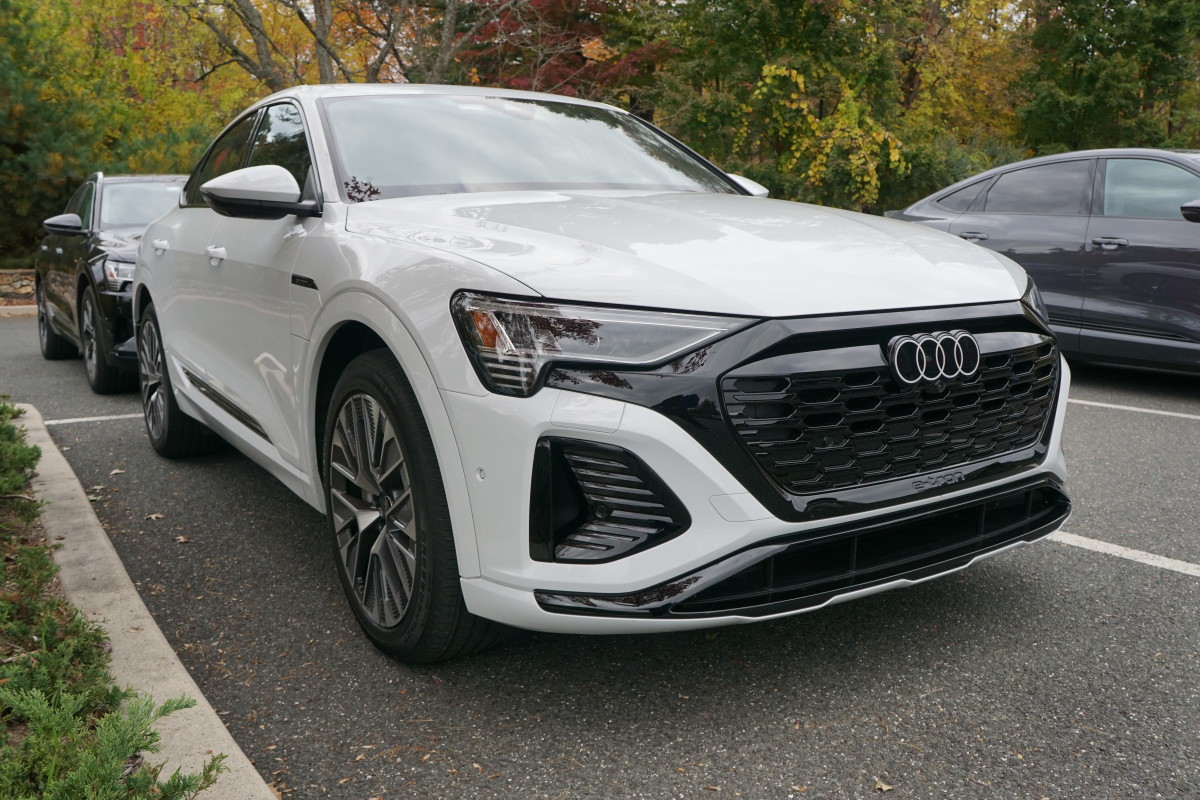
James Ochoa
This near-$78,000 SUV I drove had a few extras that bumped its sticker price to around $96,000, including the $10,400 Prestige package that includes luxuries like massaging seats and digital matrix-design LED headlights.
On the outside, the Q8 e-tron does have distinct features that separate it from the gas-powered models, but from a distance to the untrained eye, it still carries the same, sculpted look.
Inside, the Q8 has a similar “easy-to-follow” layout akin to the RS e-tron GT, apart from one fatal flaw: the climate control.
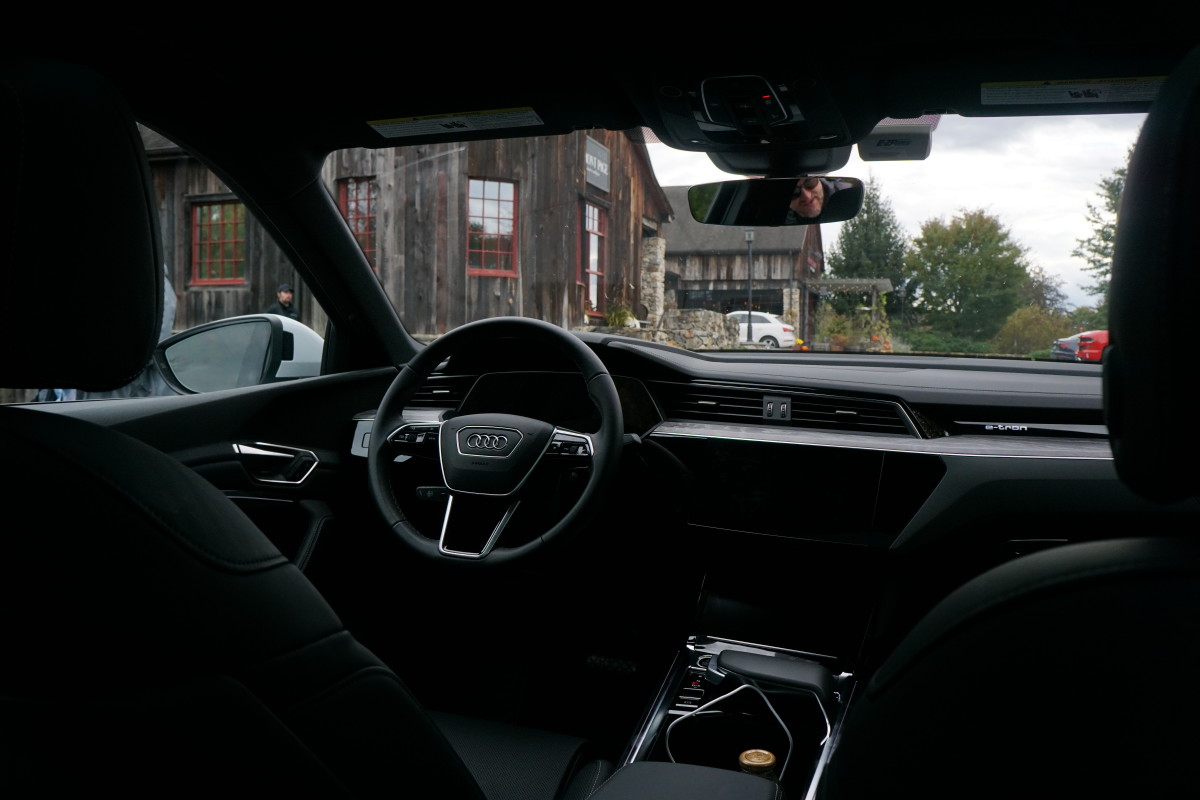
James Ochoa
The climate control is controlled by a touch screen that has some sort of feedback when you touch it, but it did not feel as easy as the buttons and knobs on the RS e-tron GT.
Aside from that feature, driving the Q8 is not boring whatsoever. This car is easy to drive and is oriented towards comfort, but can make for a sporty drive if the mood feels right.
The Q8 accelerates more slowly than the RS e-tron GT, but it is still “peppy” enough to move quickly, and despite it being a high-riding SUV that is roughly the same weight as a Chevrolet Tahoe, the Q8 felt just as easy to throw around like the sports sedan I drove previously.
With those characteristics, it felt like a perfect package for some people I knew would appreciate it.
As I kept on driving the Q8, I squarely thought about how this car would fit with the most important people in my life: my parents.
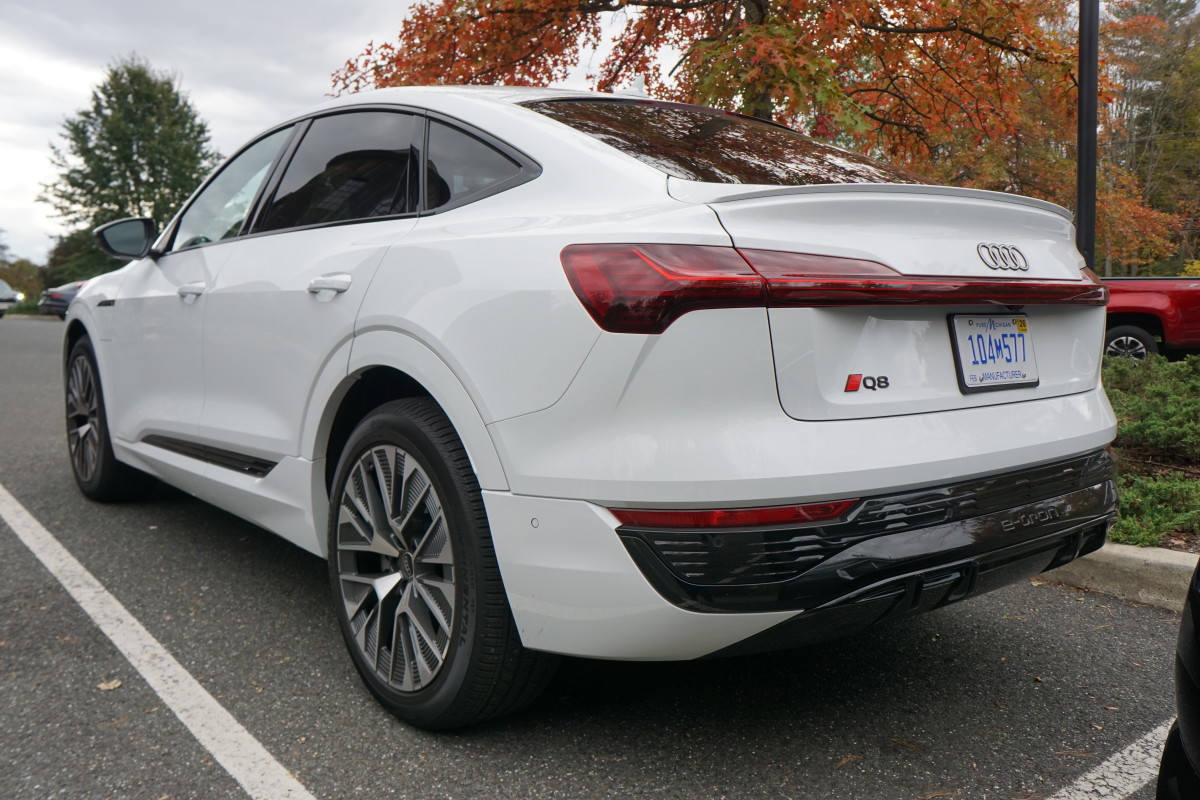
James Ochoa
My mom is usually afraid of big cars, but she would appreciate this car's high driving position, its ease of access and how easy it feels to drive.
My father wouldn’t mind taking the wheel, either. Not only would he easily get into a driving position similar to his coupe, but it can react very well to his heavy right foot.
I admit it, the Q8 felt as easy to drive as my mom’s Honda HR-V, even though it was a car that was physically bigger and far heavier.
When I came back home that evening, I told my parents about my experience and how I could see them in the Q8 e-tron, but my father told me one thing to end any talk about getting an electric car and to bring me back to reality.
“We are fine with Honda, I will never get an electric car in my lifetime.”
Ever since the inception of Tesla, electric cars for most buyers have been positioned as some sort of “premium” product, where the latest and greatest in technology is somewhat inaccessible to mere mortals like my father and me.
I remember the first time I saw a Tesla. It was when it opened a store at the Garden State Plaza in Paramus in 2012 and I remember my dad and I being enamored by all the features it had. Everything was controlled by a touch screen, it was comfortable and had two trunks.
This was the future, but the future costs almost $70,000.
When I sat in both Audis, my first impression was that all the controls are in the same place as they would be in a “normal” car. It felt somewhat down to earth.
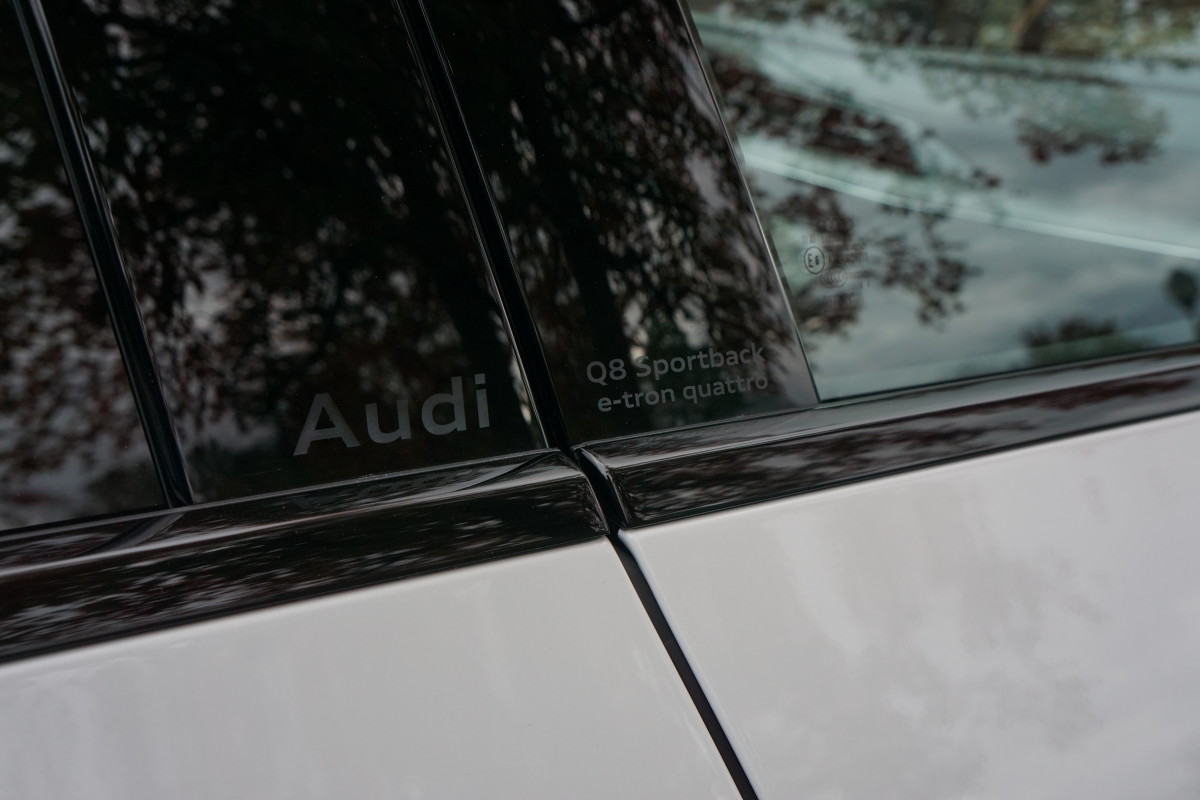
James Ochoa
But as I glanced at the four rings on the steering wheel, I heard a distant voice in my head tell me that I will never be able to afford this.
But there is some silver lining.
There has been an observation that certain features and innovations in flagship luxury cars trickle down into more pedestrian cars. Today, innovations that were in cars that cost six figures like lane keeping assist and automatic braking are now standard equipment on Hondas.
Honda (HMC) -) itself is also pushing towards EVs. When I saw pictures of the new Honda Prologue EV, I was taken aback not by its exterior styling, but the inside.
They did not go for some large iPad-like device, they kept all the familiar controls in the same places as they would be in an Accord or a Civic.
I guess they took a similar cue from Audi.
Although some Americans are easing into electric cars, many motorists are still very skeptical about the idea. Electric models are costly, and hybrid vehicles still promise some sort separation from the pump without the full EV commitment.
I take my experience as a preview for what the future might hold. Although manufacturers like Ford (F) -), GM (GM) -) and Honda are softening their positions on EVs, the technology underpinning both batteries and drivetrains, as well as the creature comforts can only be democratized from here on out.
There is still a long road ahead, but I know that I got to experience the cool features that might come to an EV with a more pedestrian badge on its steering wheel sometime in the future.







